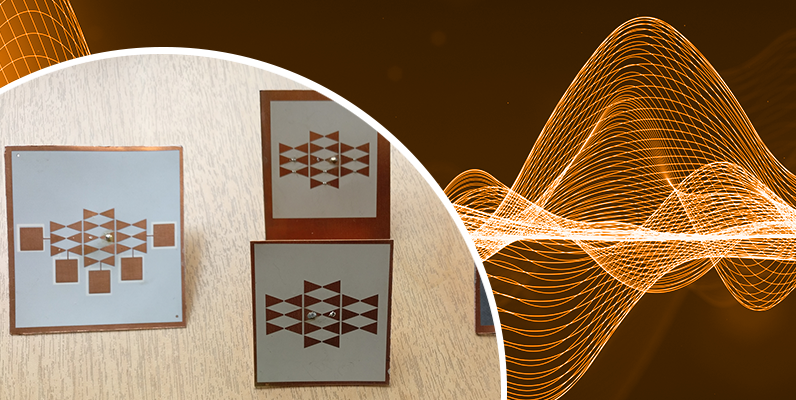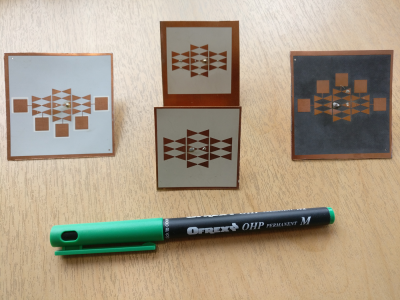Electronically Steerable Parasitic Array Radiator (ESPAR) transceiver
This page has been archived and will no longer be updated

6 July 2018
Developing and testing a pre-commercialisation prototype of an Electronically Steerable Parasitic Array Radiator (ESPAR) transceiver
Funder EPSRC
Amount 96 000 GBP (total)
Project website https://epsrc.ukri.org/
Description
Massive MIMO arrays are envisaged for 5G and beyond deployment due to the colossal gains in spectral efficiency. Existing implementations, however, involve tens of RF chains to support massive MIMO transmission, and hence a prohibitive hardware complexity.

Since the gain in spectrum efficiency from massive MIMO deployment translates into increased capacity, a mobile operator which for instance has 20 million subscribers could support an additional 5 million subscribers using ESPAR-based massive MIMO deployment without additional spectrum costs, hence increasing profit margins.
The benefits of ESPAR transmission extend beyond massive MIMO, and they can find benefits in hardware-/power-efficient access points, deployment in drone communications, and other yet-to-be-explored applications.
Outputs
- Publications
- A. Li, C. Masouros, and M. Sellathurai, “Analog-Digital Beamforming in the MU-MISO Downlink by use of Tunable Antenna Loads”, IEEE Trans. Veh. Tech., vol. 67, no. 4, pp. 3114-3129, April 2018 DOI: 10.1109/TVT.2017.2776563
- A. Li, C. Masouros, and C. B. Papadias, “MIMO Transmission for Single-fed ESPAR with Quantized Loads”, IEEE Trans. Comms., vol. 65, no. 7, pp. 2863-2876, July 2017, DOI: 10.1109/TCOMM.2017.2692224
C. Masouros, M. Sellathurai, T. Ratnarajah, “Large-Scale MIMO Transmitters in Fixed Physical Spaces: The Effect of Transmit Correlation and Mutual Coupling”, IEEE Trans. Comms., vol. 61, no. 7, pp. 2794-2804, July 2013
 Close
Close

